2016 Geneva Motor Show: Five Best and Worst Cars
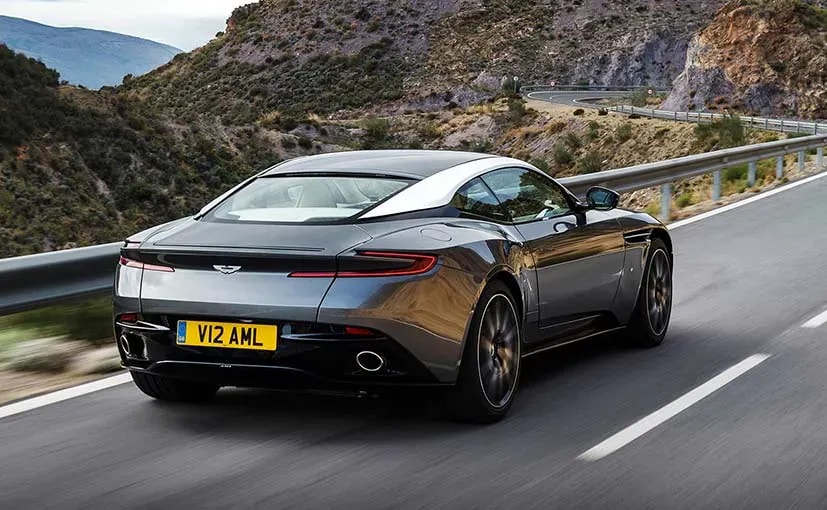
The Geneva auto show is probably the most glamorous of all auto shows. There are coach builders and design houses like Touring Superleggera and Pininfarina; luxury and high-performance brands play a big role in the stylish town on the shores of Lake Geneva. This year's show, however, was overshadowed by the diesel scandal triggered by an ongoing feud between the North American EPA and Volkswagen. Electrification became a more universal topic than in past years. Here is our strictly subjective list of the Five Best and the Five Worst trends and vehicles at this year's show.
Best Five
Bugatti Chiron
Many observers doubted that VW's top-luxury brand would be able to put this ambitious project on the street - and they were proven wrong. With 1500 horsepower from an upgraded W-16 engine and a top speed of 420 kph, the Chiron surpasses its ultra-powerful predecessor, the Veyron, in virtually every respect. Bugatti spent a lot of time working on thermal and aerodynamic issues. The result is nothing short of stunning. And the speedometer reaches 500 kph.
Mercedes-Benz C-Class Cabriolet
I picked this one because it stands for a plethora of well-executed, all-new models launched this year; after the E-class, the C-class Coupe, the SL and the SLC, more of them are coming at the New York and Beijing auto show. Design chief Gorden Wagener has truly reinvented the brand with sensual and pure lines. If you need proof for the importance of beautiful design for a brand's success, look no further than Mercedes-Benz.
Porsche 911 R
This especially purist 911 comes with the 500-horsepower naturally aspirated engine of the 911 GT3, but it has a cleaner body and a six-speed manual transmission - instead of the obnoxious 7-speed manual available in the entry-level 911s, or the 7-speed dual-clutch automatic used on every other 911. This is the car that enthusiasts have clamoured for - but has Porsche really gotten the memo? Just 991 examples will be built, and demand exceeds supply already.
Volvo
Under design chief Thomas Ingenlath, formerly of Audi and Skoda, Volvo has created a consistent and aloof design language, and his style is epitomized by the recently unveiled S90 sedan and the V90 station wagon which bowed in Geneva this year. The interiors, conceived by former Bentley designer Robin Page, match the sophistication of the interior. Anything we don't like? It's risky to stick to four-cylinder engines only, and the hybrids topping off the lineup are a far cry from the previous model's straight-six and V-8 powerplants.
Jaguar Land Rover
These Indian-owned British icons have been morphed from an obscure and risky choice, burdened with old-fashioned design, to premium cars with a credible emphasis on design and performance. Few sports cars are as fascinating and visceral as the Jaguar F-Type, and the Land Rover Discovery Sport may be the best entry in its segment in years. But perhaps they should have refrained from building an open-top version of the Range Rover Evoque: Without the characteristic roofline, this SUV looks plump and boxy.
Five Worst
Lancia's absence
Once a fixture on the Geneva show floor, the aristocratic and innovative Italian premium brand did not even bother of show up this year, and we doubt it ever will return. Fiat-Chrysler CEO Sergio Marchionne has turned the elitist brand into a grisly joke: First, he replaced its daring lineup with rebadged Chrysler models - the very same cars that, according to Chrysler's US marketing, represent "blue-collar values." They predictably failed in the marketplace, and now Lancia has been relegated to producing the tiny Ypsilon, a car that represents the heritage of Autobianchi, not Lancia.
Audi Q2
VW's premium subsidary has recognized the potential in the premium crossover market - but in an environment where style matters a lot, the Q2 falls woefully short. Inspired by former chief designer Wolfgang Egger's 2012 Crosslane concept, this car is shockingly devoid of elegance and grace. The front end is as generic as they come, the extruded fenders seem to be inspired by American pickup trucks, the tacky, contrast-colored C-pillar would be at home on a Chinese crossover, and the only true VW Group family resemblance is displayed by the taillights, which look like they've been taken straight from a Polo.
Aston Martin DB11
As prestigious and powerful as the DB11 may be, this car demonstrates that the brand needs an infusion of technology and style. After the styling department has exhausted virtually every possible variation of the Ian-Callum-designed DB9 and V8 Vantage, the brand's new models appear somewhat lifeless - and derivative of other cars. There is a bit of Spyker and a bit of BMW i8 in the DB11 - and what's up with those half-asleep headlights? At least there's an electronic architecture adapted from Mercedes-AMG, fixing the previous model's brutally outdated infotainment system, and the V-12 gains power through turbocharging. But the DB11 is almost as heavy as the ancient DB9. There is progress, but it isn't enough.
Tesla
The writing might be on the wall for the American electric car maker that has never made money on a single car - but is jealously defended by a cult-like following and kept afloat by recklessly optimistic investors. The new Model X is expensive and complex to build; work has barely begun on the cheaper Model 3, and the battery technology envisioned for the new (and modestly named) "Gigafactory" is roundly dismissed by many experts. Moreover, Tesla's risky autonomous driving strategy, whose limitations have been shown on a number of shocking Youtube videos, has the industry deeply concerned.
European Politicians
Instead of protecting their industry from the onslaught by the overzealous North American EPA, many European politicians have seized the opportunity to start cracking down on the diesel engine all by themselves now. Diesel powertrains, of course, are something that Europe's auto industry happens to be particularly good at making. "We see a growing number of misguided decisions," a European board member tells me. The consequence? Carmakers will divert their investment elsewhere.
Trending News
 1 min readTriumph Tracker 400: In Pictures
1 min readTriumph Tracker 400: In Pictures
Latest News
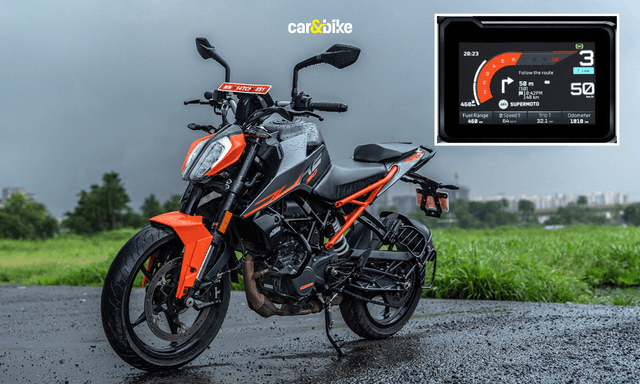 car&bike Team | Dec 18, 2025KTM 160 Duke With TFT Dash launched At Rs 1.79 LakhThe 5-inch colour TFT dash is borrowed from the 390 Duke and is shared across the brand’s sub-400cc lineup.2 mins read
car&bike Team | Dec 18, 2025KTM 160 Duke With TFT Dash launched At Rs 1.79 LakhThe 5-inch colour TFT dash is borrowed from the 390 Duke and is shared across the brand’s sub-400cc lineup.2 mins read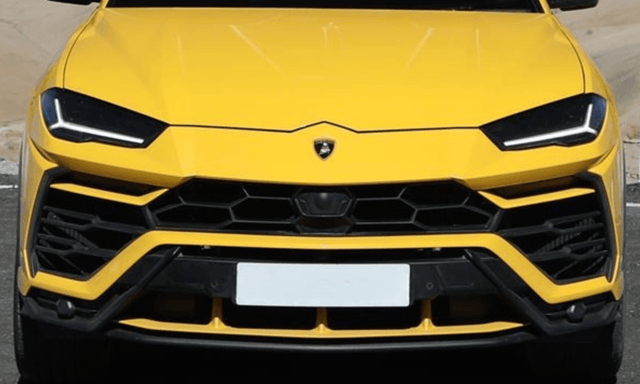 car&bike Team | Dec 18, 2025Lamborghini Urus Seized By Cops Following Viral Clip Of Speeding On Bandra-Worli Sea LinkThe car was seized after a video of it allegedly overspeeding on the Bandra–Worli Sea Link, where the speed limit is capped at 80 kmph, went viral.2 mins read
car&bike Team | Dec 18, 2025Lamborghini Urus Seized By Cops Following Viral Clip Of Speeding On Bandra-Worli Sea LinkThe car was seized after a video of it allegedly overspeeding on the Bandra–Worli Sea Link, where the speed limit is capped at 80 kmph, went viral.2 mins read car&bike Team | Dec 18, 20252025 Ducati XDiavel V4 India Launch Details RevealedThe new Ducati XDiavel V4 will be launched towards the end of December 2025 and will sit alongside the standard Ducati Diavel V4.3 mins read
car&bike Team | Dec 18, 20252025 Ducati XDiavel V4 India Launch Details RevealedThe new Ducati XDiavel V4 will be launched towards the end of December 2025 and will sit alongside the standard Ducati Diavel V4.3 mins read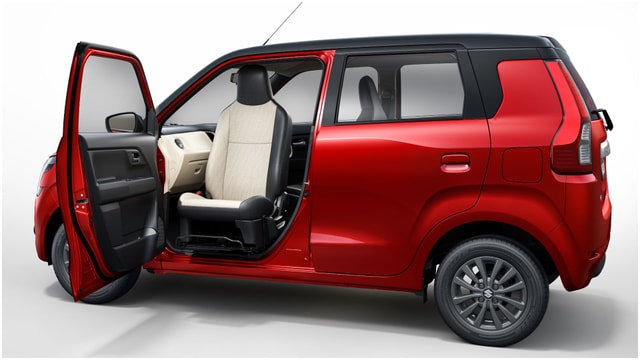 Amaan Ahmed | Dec 18, 2025Maruti WagonR Swivel Front Seat Kit Launched: Check Price, AvailabilityBangalore-based startup TrueAssist Technology Private Limited has developed a mechanism that allows the front passenger seat to swivel outwards, in a bid to improve accessibility for the aged and persons with disabilities.2 mins read
Amaan Ahmed | Dec 18, 2025Maruti WagonR Swivel Front Seat Kit Launched: Check Price, AvailabilityBangalore-based startup TrueAssist Technology Private Limited has developed a mechanism that allows the front passenger seat to swivel outwards, in a bid to improve accessibility for the aged and persons with disabilities.2 mins read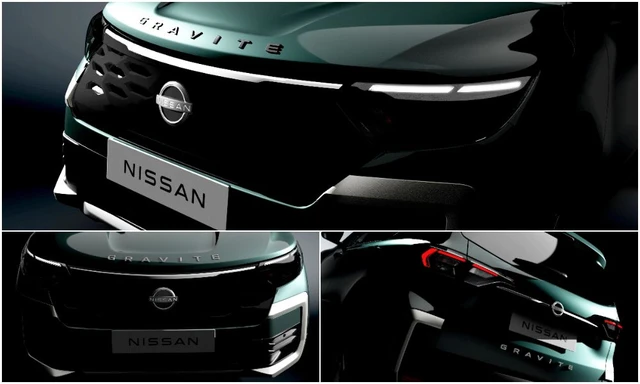 Amaan Ahmed | Dec 18, 2025Nissan Gravite MPV (Renault Triber Derivative) To Be Launched Early In 2026Nearly seven years on from the launch of the MPV it shares its underpinnings with arrives Nissan's entry-level 7-seat model; to debut in January.2 mins read
Amaan Ahmed | Dec 18, 2025Nissan Gravite MPV (Renault Triber Derivative) To Be Launched Early In 2026Nearly seven years on from the launch of the MPV it shares its underpinnings with arrives Nissan's entry-level 7-seat model; to debut in January.2 mins read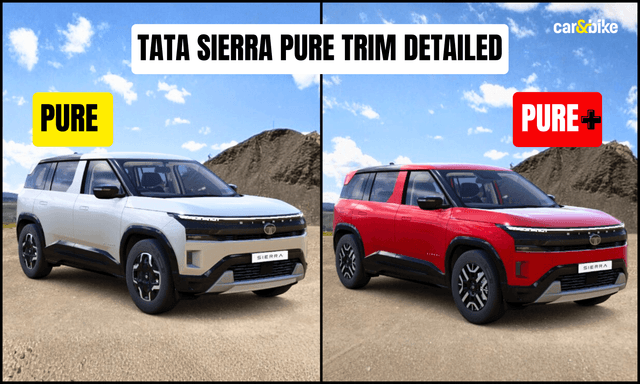 Jafar Rizvi | Dec 18, 2025Tata Sierra Pure, Pure+ Variants Explained In PicturesThe Pure trim of the Sierra is priced from Rs 12.49 lakh to Rs 17.49 lakh (ex-showroom), depending on the powertrain option. Here is a breakdown of what it gets.3 mins read
Jafar Rizvi | Dec 18, 2025Tata Sierra Pure, Pure+ Variants Explained In PicturesThe Pure trim of the Sierra is priced from Rs 12.49 lakh to Rs 17.49 lakh (ex-showroom), depending on the powertrain option. Here is a breakdown of what it gets.3 mins read
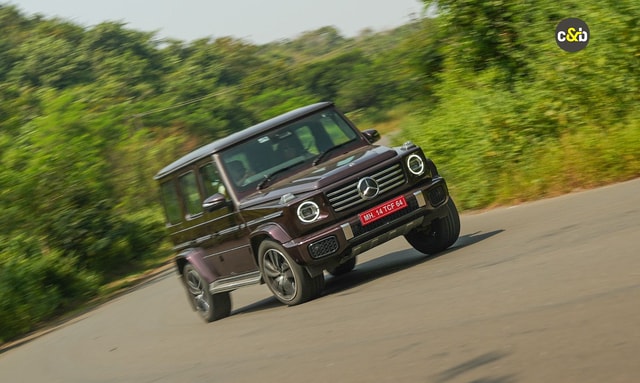 Bilal Firfiray | Dec 18, 2025Mercedes-Benz G450d: The Subtle Power of EvolutionThe Mercedes-Benz G 450d evolves subtly with more power, improved efficiency, and modern tech, while staying true to the timeless G-Class design. And character.4 mins read
Bilal Firfiray | Dec 18, 2025Mercedes-Benz G450d: The Subtle Power of EvolutionThe Mercedes-Benz G 450d evolves subtly with more power, improved efficiency, and modern tech, while staying true to the timeless G-Class design. And character.4 mins read Janak Sorap | Dec 11, 2025Harley-Davidson X440 T First Ride Review: Smarter and SharperHarley-Davidson has taken the X440 and given it a more focused and engaging twist. The result is the X440 T—essentially the same platform but updated in areas that give the motorcycle more appeal and riders more thrill.5 mins read
Janak Sorap | Dec 11, 2025Harley-Davidson X440 T First Ride Review: Smarter and SharperHarley-Davidson has taken the X440 and given it a more focused and engaging twist. The result is the X440 T—essentially the same platform but updated in areas that give the motorcycle more appeal and riders more thrill.5 mins read Shams Raza Naqvi | Dec 10, 20252025 Mini Cooper Convertible Review: More Colour On Indian RoadsThe updated Mini Cooper Convertible is set to be launched in the Indian market in the next few days. We drive it around Jaisalmer for a quick review.1 min read
Shams Raza Naqvi | Dec 10, 20252025 Mini Cooper Convertible Review: More Colour On Indian RoadsThe updated Mini Cooper Convertible is set to be launched in the Indian market in the next few days. We drive it around Jaisalmer for a quick review.1 min read Bilal Firfiray | Dec 8, 2025Tata Sierra Review: India’s New Favourite?Marking its return after a few decades, the reborn Sierra has made everyone sit up and take notice. But is it worth the hype?10 mins read
Bilal Firfiray | Dec 8, 2025Tata Sierra Review: India’s New Favourite?Marking its return after a few decades, the reborn Sierra has made everyone sit up and take notice. But is it worth the hype?10 mins read Girish Karkera | Dec 4, 20252026 Honda Prelude First Drive: Domesticated Civic Type RA sporty-looking coupe built to give customers a taste of performance but not at the expense of everyday practicality.5 mins read
Girish Karkera | Dec 4, 20252026 Honda Prelude First Drive: Domesticated Civic Type RA sporty-looking coupe built to give customers a taste of performance but not at the expense of everyday practicality.5 mins read






























































































































